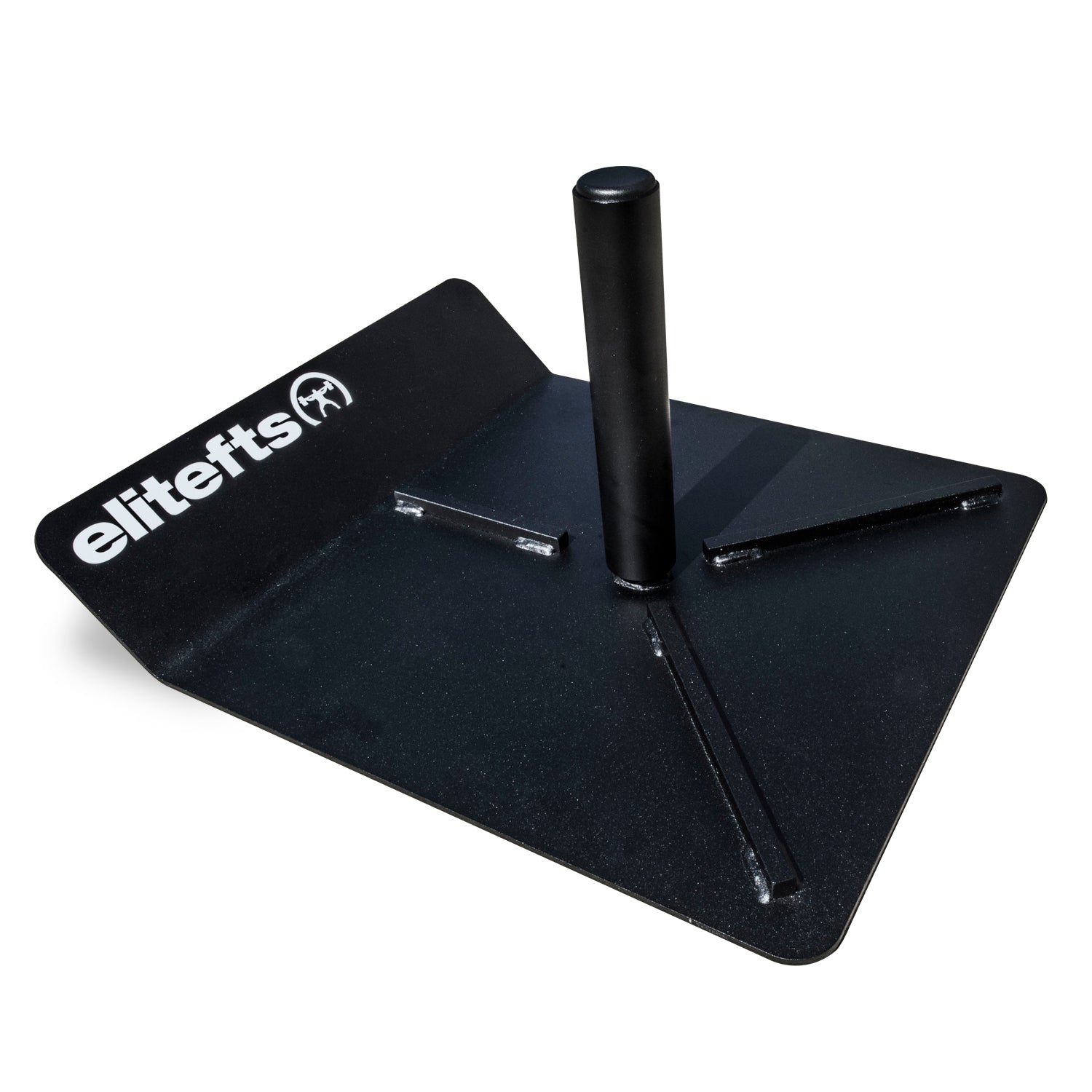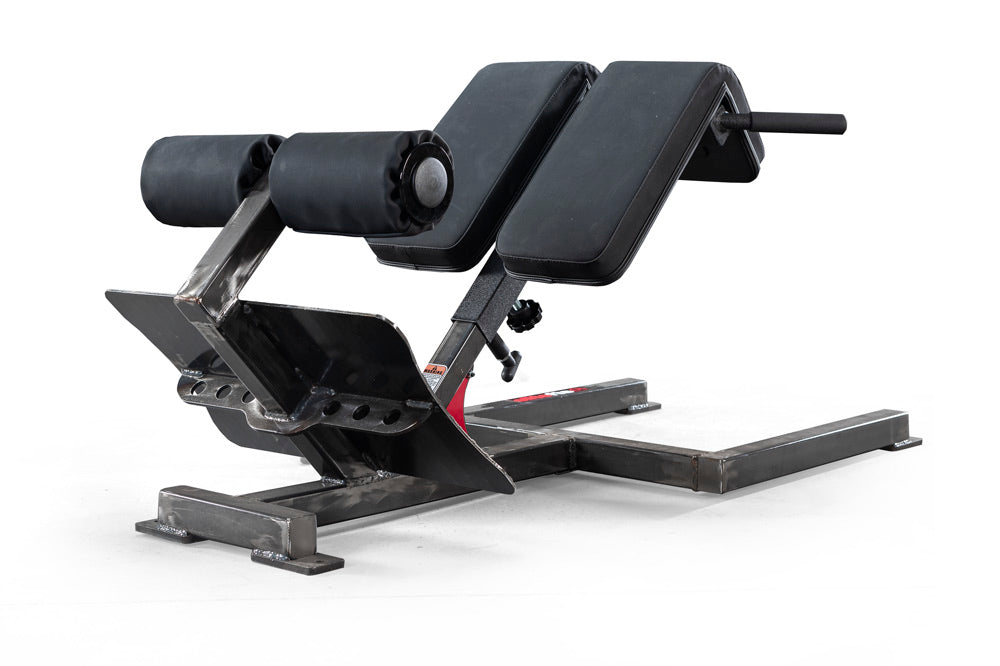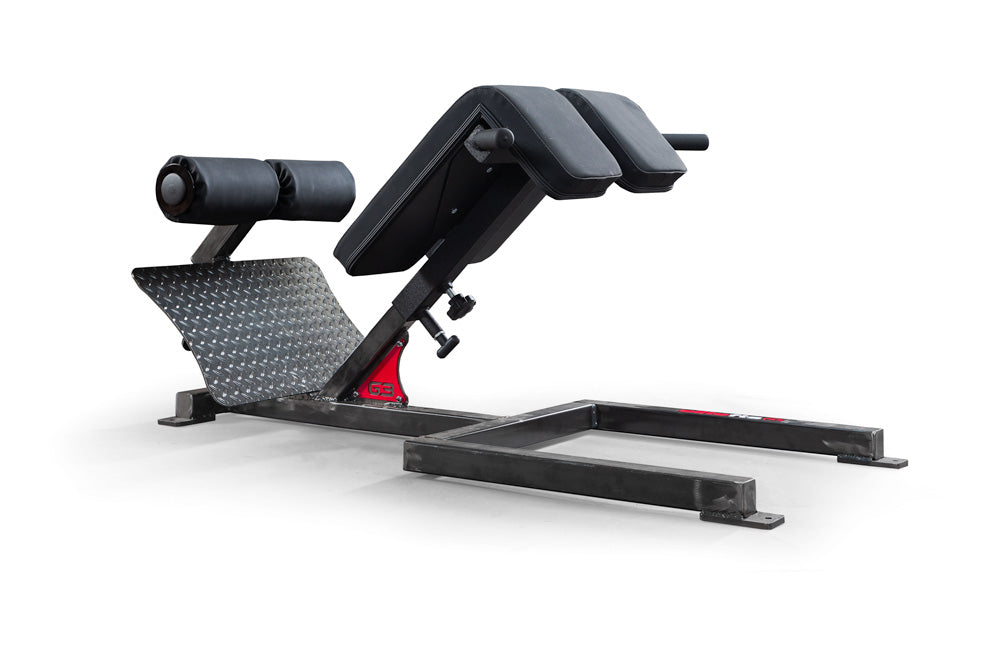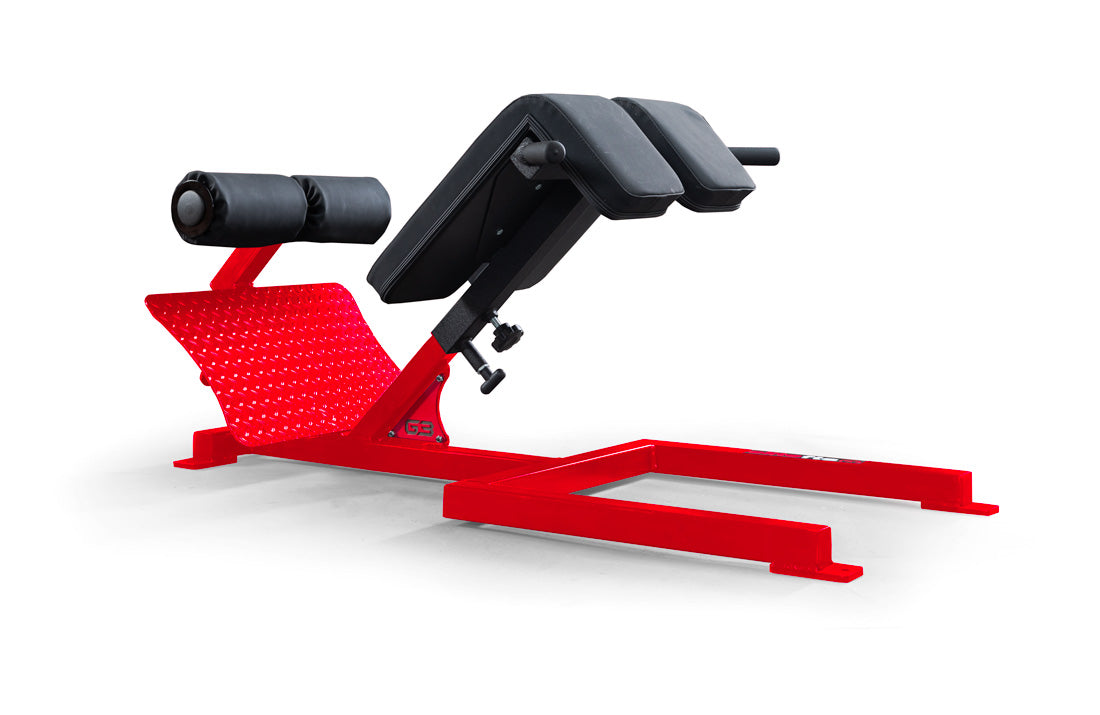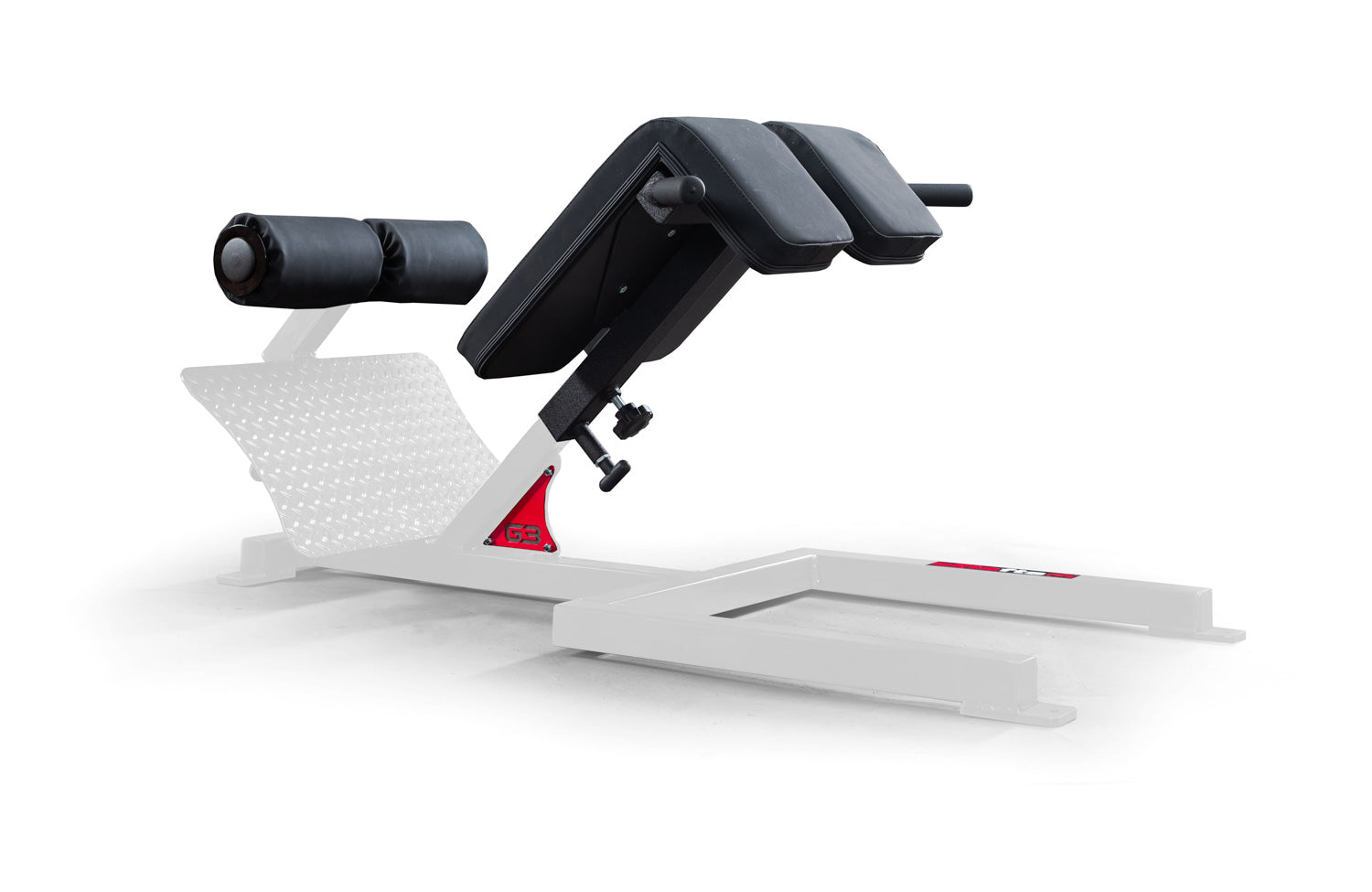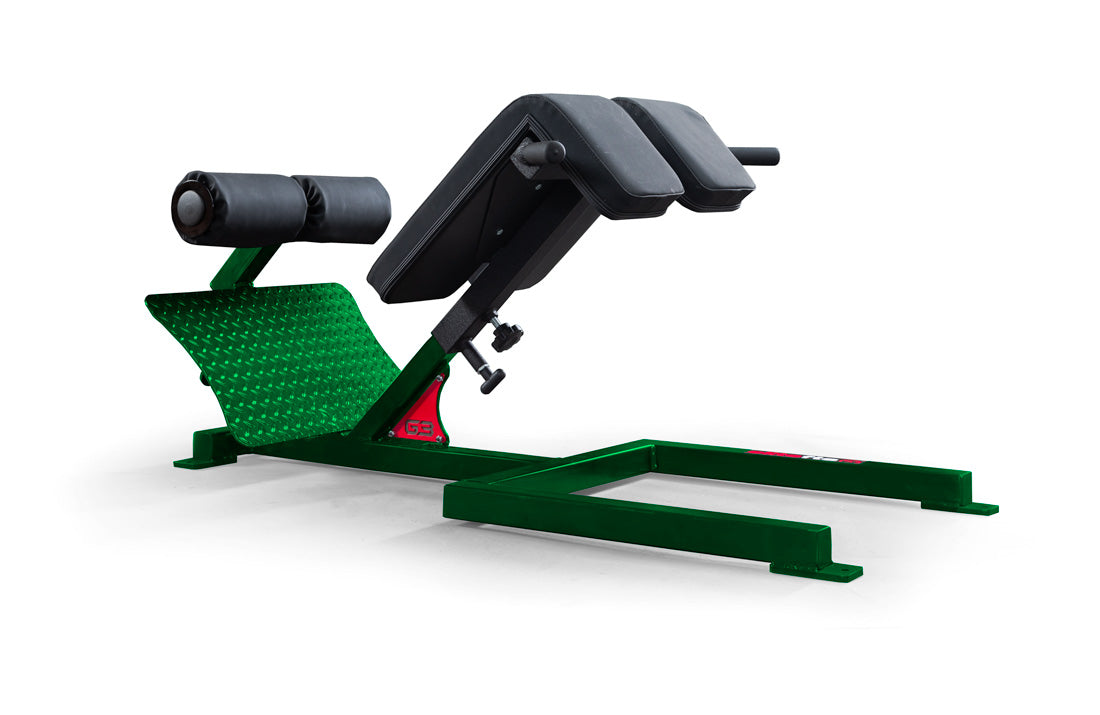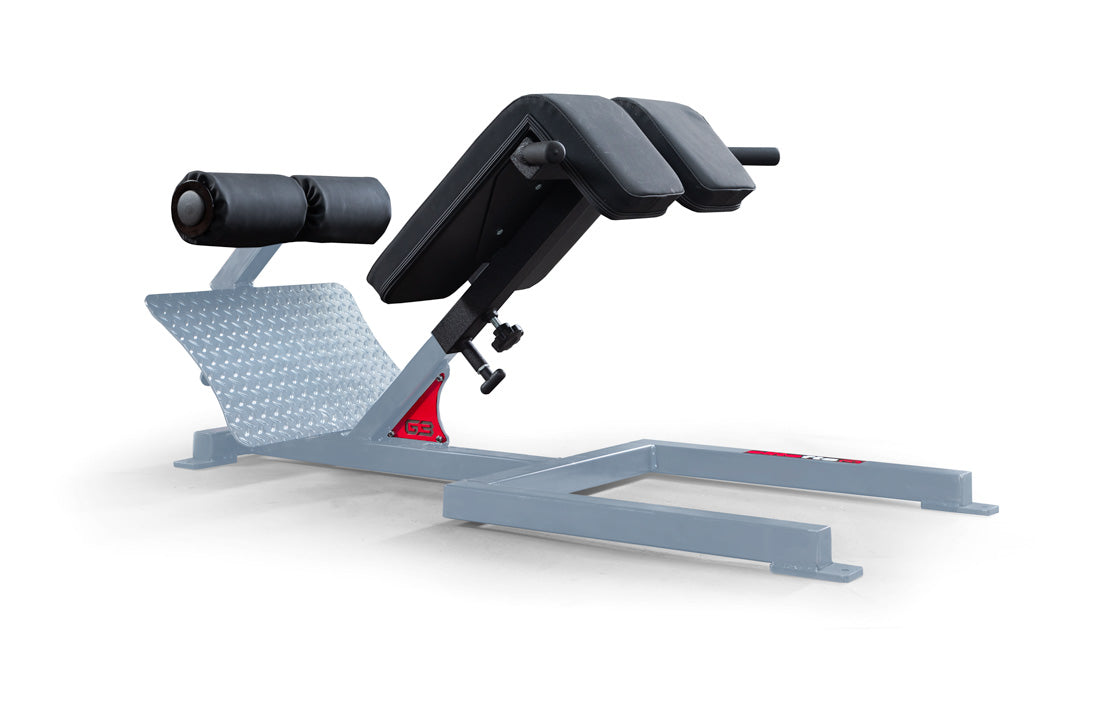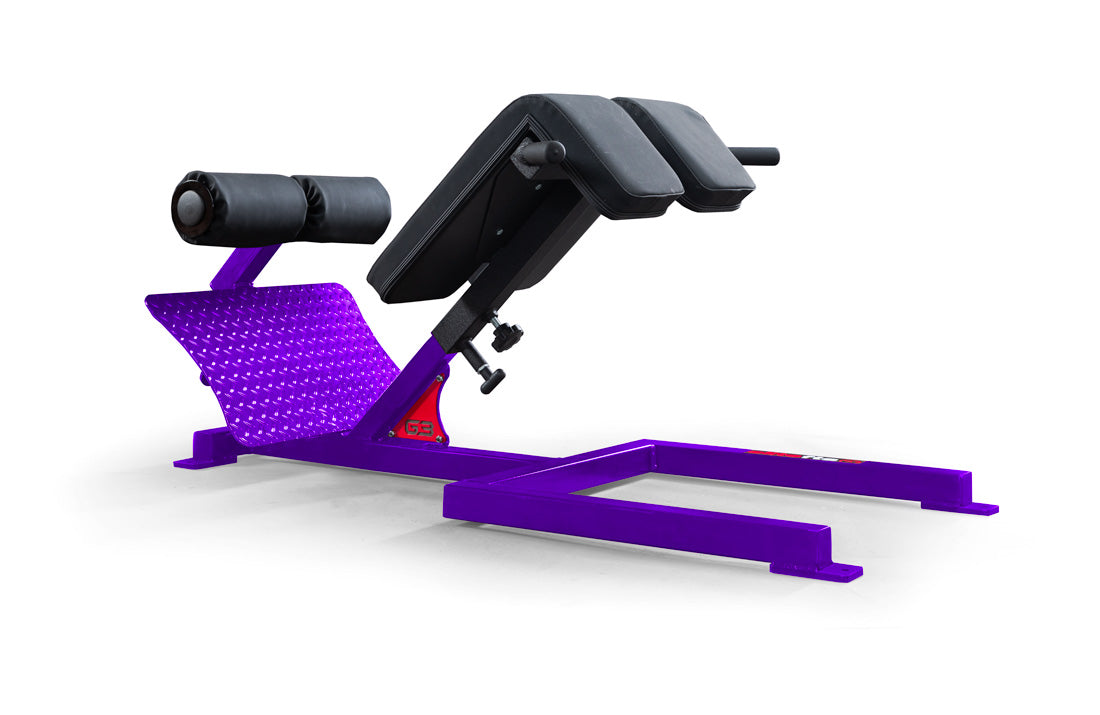Those are only a couple of many mistakes, but they are probably two of the two most common. The belief that fatigue means that you've had a successful workout is a huge fad in the fitness industry. If that were true, there would be no need to do anything other than burpees and sprints. Q: Is their one thing all winners seem to have in common? J. Hale: Winners come in all shapes and sizes. However, most A-Class fighters share a few common characteristics:
- Attempting to train exactly like your MMA hero.
- Training to the point of extreme fatigue in every session and assuming extreme fatigue is synonymous with great workout.
Q: How concerned are you with a fighter's "weight room numbers"? J. Hale: It depends on the fighter. If he feels really strong and powerful in the ring, his weight room numbers are probably decent (of course this is relative). However, I have seen fighters who have relatively good weight room numbers, but they appear weak in the ring. This could be due to a number of things. In general, power seems to be more important than max strength. In most combat situations, there is an insufficient amount of time available to display max strength. In turn, I haven’t seen anything that suggests that weight room numbers have a strong correlation with a fighter’s success. I have, however, seen fighters become too concerned with their weight room numbers and neglect training other factors that are important for MMA success. This inappropriate allocation of training effort often leads to decreased MMA performance. You have to choose what the top priority is. Big weight room numbers are not needed to be a great fighter. Q: What is the most important strength training movement for MMA athletes? J. Hale: There is no magic lift. In general, my athletes perform mostly compound movements. If a particular lift seems to be injurious to an athlete, I get rid of that movement and use a substitute. The manner in which the movement is performed (e.g. rep speed, rep number, exercise order, etc.) must also be considered. Q: How much time and effort is divided amongst separate goals such as maximal strength, conditioning, etc? J. Hale: This depends on an athlete's strengths and weaknesses, training goals, and experience level. For beginners, increasing max strength generally enhances other motor qualities, assuming that weight gain is not too rapid. (Weight gain generally decreases relative strength which, in turn, sometimes decreases movement abilities). Intermediate and advanced trainees generally have much wider responses to training programs. One of the most de-emphasized, yet important, motor qualities is agility. Sprint training does not enhance agility. In order to enhance agility, movements that involve directional changes are necessary.
- They are able to use criticism to their advantage.
- They posses a strong work ethic.
- They realize the importance of a properly designed strength and conditioning program (and this includes proper nutrition).
- They also need to be resilient in order to reach a world-class level of performance. (Although, some with freaky athletic ability are exceptions).

© Zolthar |
Dreamstime Stock Photos &
Stock Free Images













